- 路 Microwave
- 路 Atmospheric Pressure Microwave 路 Pressure Microwave 路 Parallel Microwave
- 路 Ultrasonic 路Low Temperature Ultrasound
- 路 Ultraviolet Light
- 路 Microwave Heating 路 Atmospheric Pressure Synthesis 路 Atmospheric Pressure Catalysis 路 Atmospheric Pressure Extraction
- 路 Sample Preparation 路 Microwave Digestion
- 路 Soil Digestion 路 High Pressure Synthesis
- 路 Solid Phase Synthesis
- 路 Organic Synthesis
- 路 Ionic Liquid Synthesis
- 路 Degradation Of Natural Organic Matter
- 路 Natural Product Extraction / Purification
河北祥鹄科学仪器有限公司
251 Comparison of three methods for extracting Liuhuanggou bituminous coal
This paper, written by researchers from China University of Mining and others, discusses Comparison of three methods for extracting Liuhuanggou bituminous coal. The paper is published in an important journal < Fuel >. IF:4.908.
In recent years, the research work of microwave chemical instrument used in the synthesis of materials has become a hot direction of scientific research, which has been paid great attention to by many scholars!
Microwave-assisted extraction (MAE), ultrasonic-assisted extraction (UAE), and ultrasonic/microwave-assisted extraction (UMAE) were separately conducted on the extraction of Liuhuanggou bituminous coal (LBC) sequentially using petroleum ether, carbon disulfide (CDS), methanol, and isometric CDS/acetone mixture as solvents to afford extracts 1–4 (E1-E4) from MAE (EM1-EM4), UAE (EU1-EU4), and UMAE (EUM1-EUM4). The highest total extract yield of 10.6 wt% was obtained by UMAE, while MAE is the most effective for extracting highly condensed arenes from LBC. The carbon types in LBC mainly consist of aliphatic (22.2%) and aromatic (73.7%) carbons. Each aromatic cluster of LBC contains 2 or 3 aromatic rings on average. The molecular masses of EU3, EU4, EM3, and EM4 range from 200 to 1500 u, while those in EUM3 and EUM4 distribute from 100 to 900 u. EUM2 is a promising feedstock to produce advanced aromatic polymers and EUM3 could be converted to clean light oil by catalytic hydroconversion after removing heteroatom-containing species (HACSs). MAE and UMAE are ideal tools to obtain value-added chemicals for their high selectivity of extracting HACSs.

Fig.1/4↑

Fig.2/4↑

Fig.3/4↑

Fig.4/4↑
The carbon skeleton in LBC mainly consist of aliphatic (22.2%) and aromatic (73.7%) carbons according to SS 13C NMR analysis. Each aromatic cluster contains 2 or 3 rings on average and the number of substituents on each aromatic ring is 2 or 3. UMAE is significantly more effective for extracting organic matter from LBC in a total EY of 10.6 wt % than UAE and MAE. According to analysis with GC/MS, both UMAE and MAE are effective for extracting condensed arenes from LBC, while MAE is more effective for extracting highly condensed arenes. Based on infrared spectral analysis, more AM-rich and oxygen-containing species were extracted by MAE and UMAE. A series of species with m/z interval of 44 were identified in E3 and E4 with ESI-TOF/MS. The MMs of EU3, EU4, EM3, and EM4 range from 200 to 1500 u, while those in EUM3 and EUM4 distribute from 100 to 900 u. Fewer species were identified in EUM3 and EUM4 with ESI-TOF/MS, but total yields of EUM3 and EUM4 are higher than those of EU3, EU4, EM3, and EM4. These facts suggest that associated species could be dissociated by UMAE. EUM2 is a promising feedstock to produce advanced aromatic polymers and EUM3 could be converted to clean light oil by catalytic hydroconversion after removing HACSs. MAE and UMAE are ideal tools to obtain value-added chemicals for their high selectivity of extracting HACSs.
MAE and UMAE were conducted in a XH-300B microwave-ultrasonic extractor (Beijing XiangHu Science and Technology Development Co. Ltd., China) with maximal microwave power of 400 W at a frequency of 2450 MHz and an ultrasonic transducer with a programmable power (from 0 to 1500 W). In addition, when MAE was conducted, the ultrasonic power was set at 0 W.








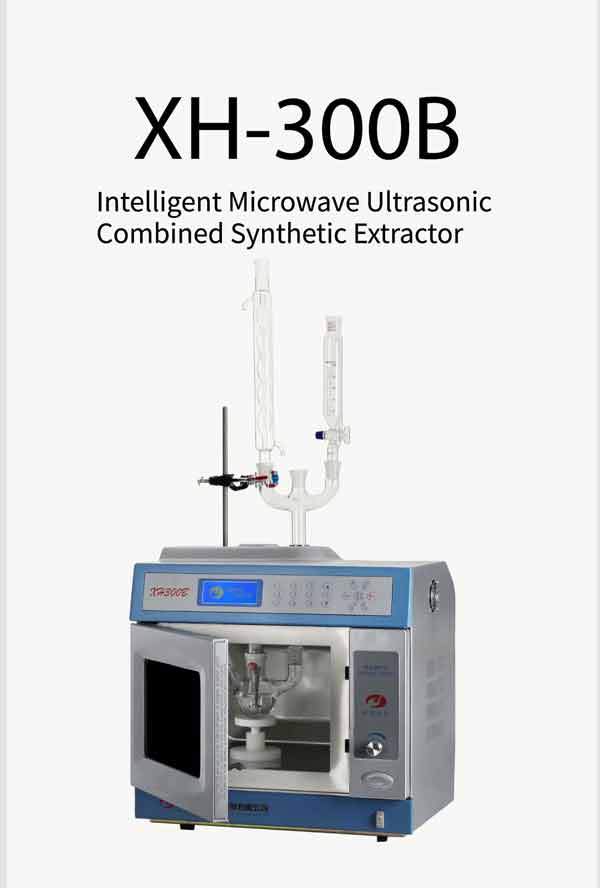

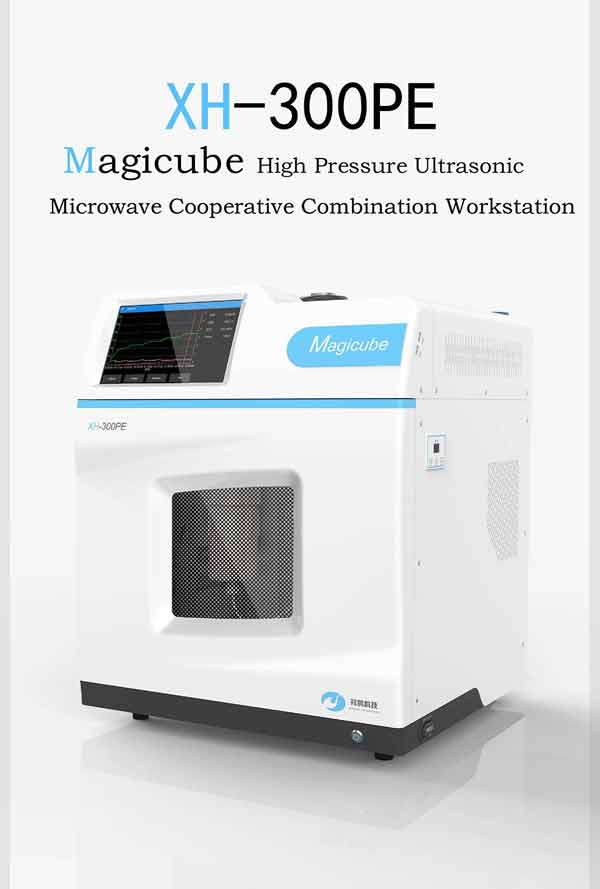
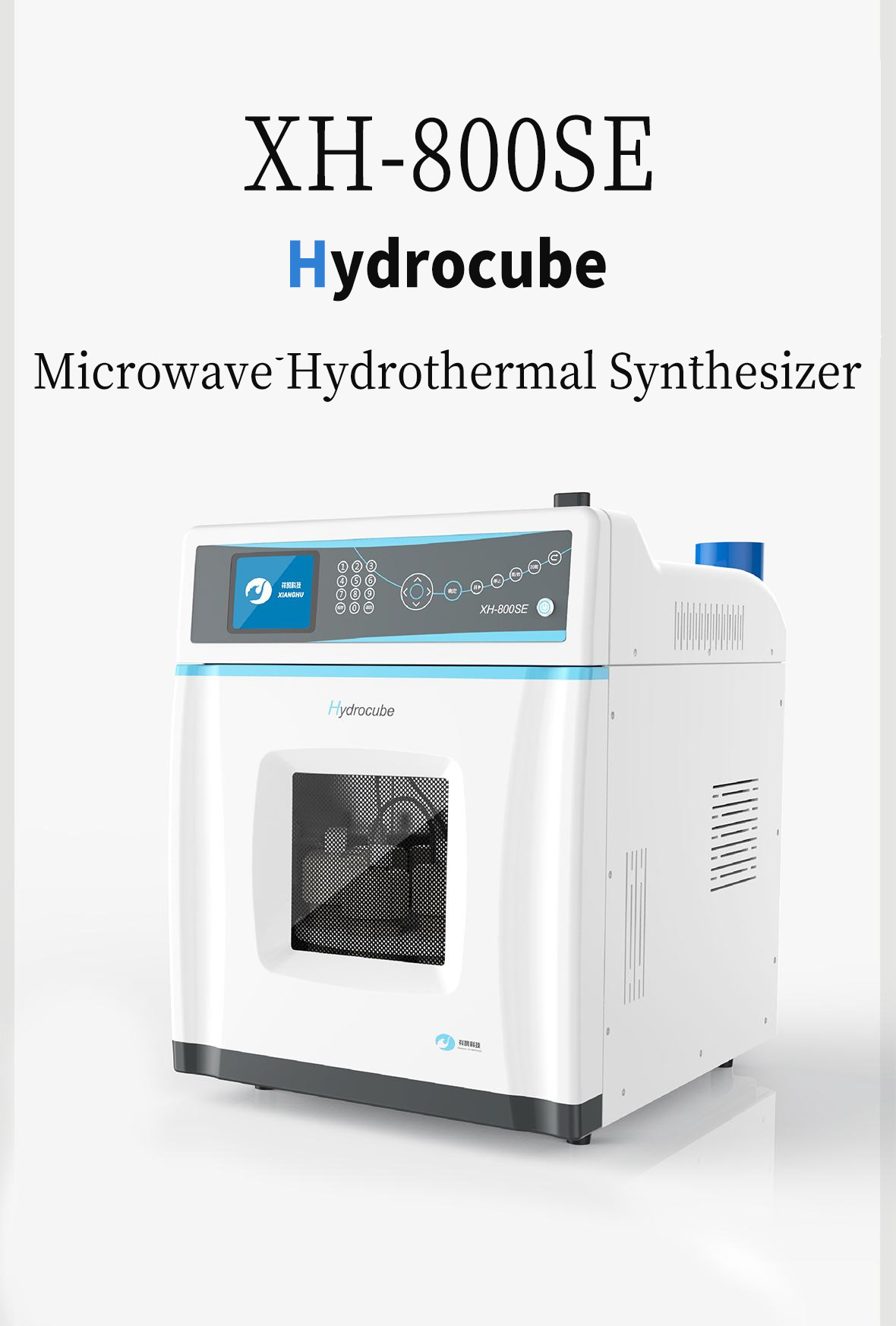
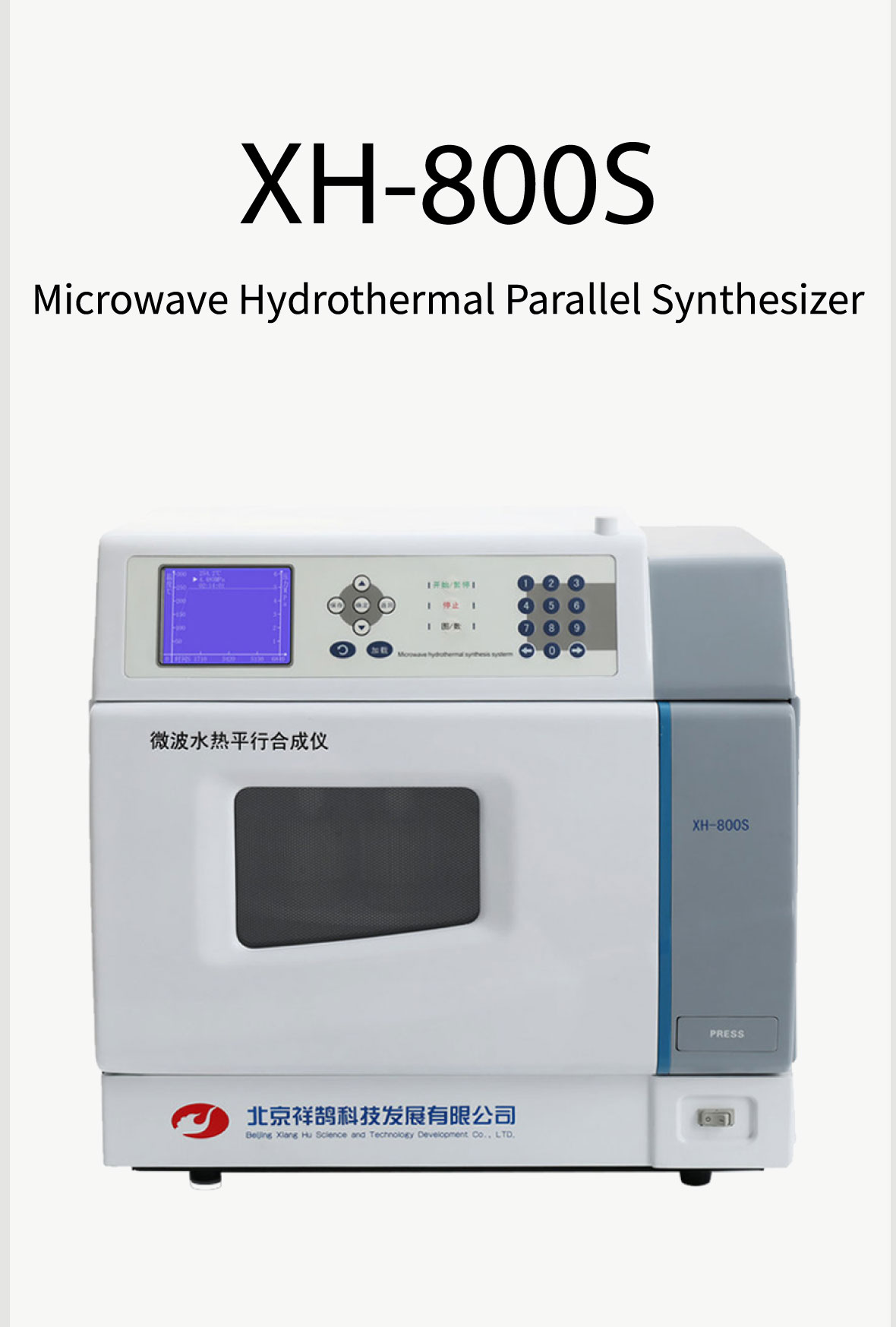
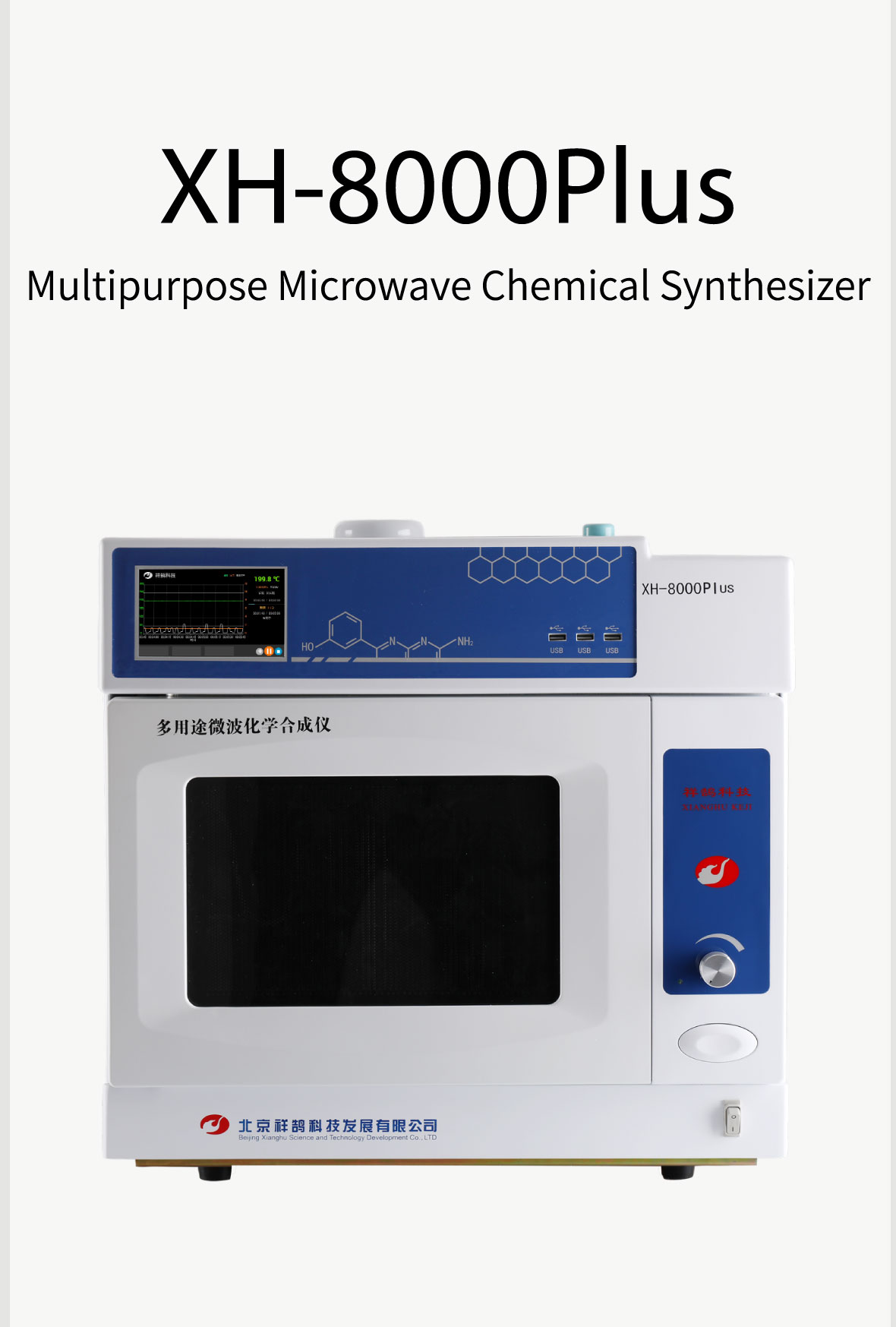
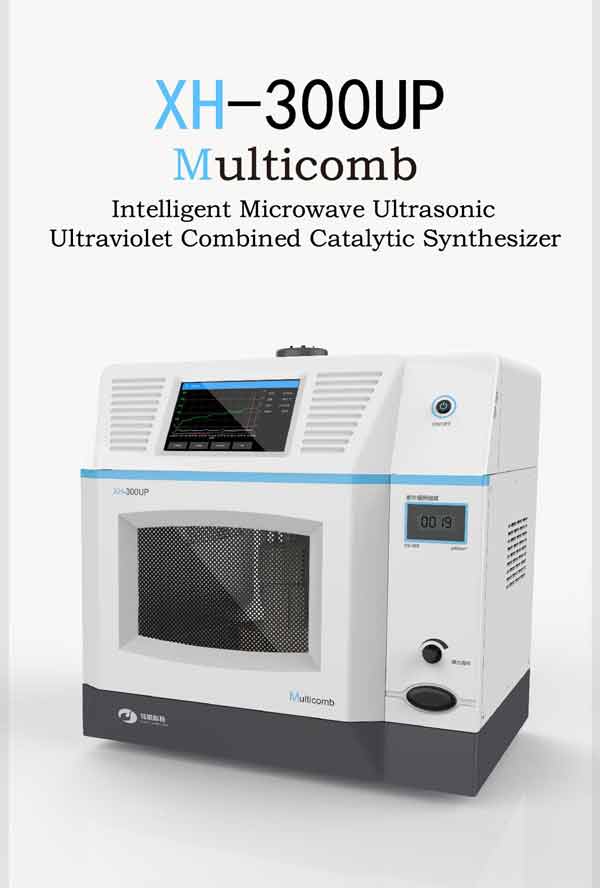
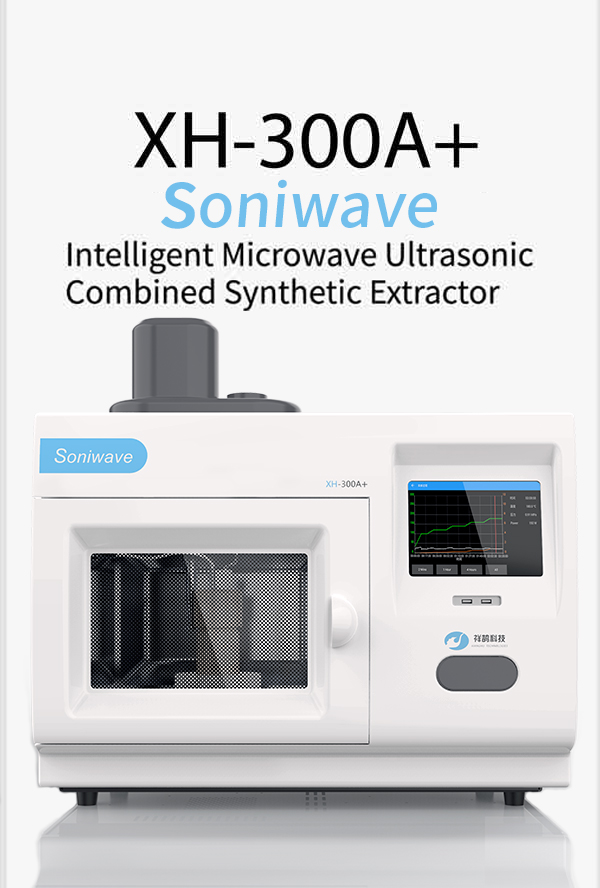

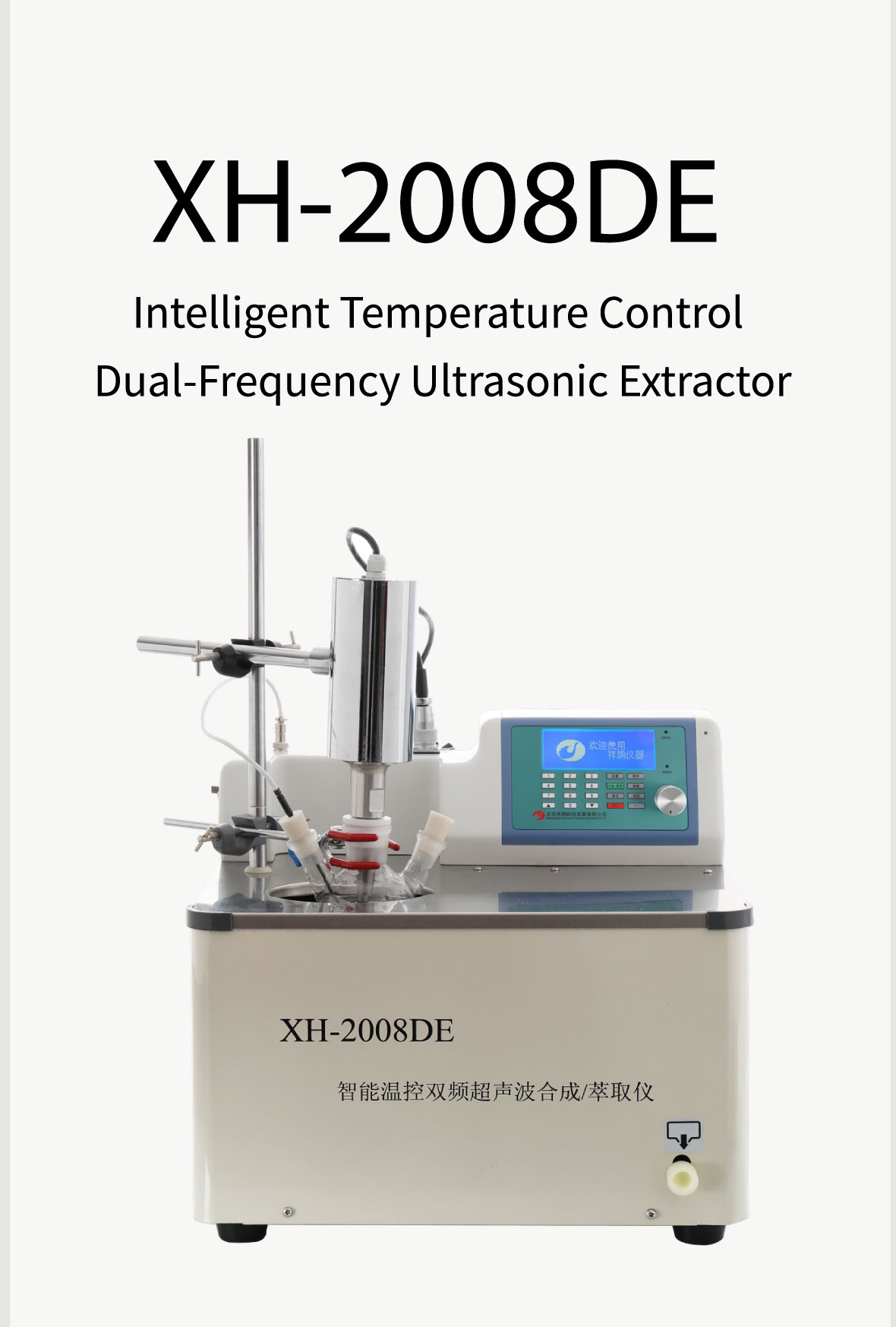



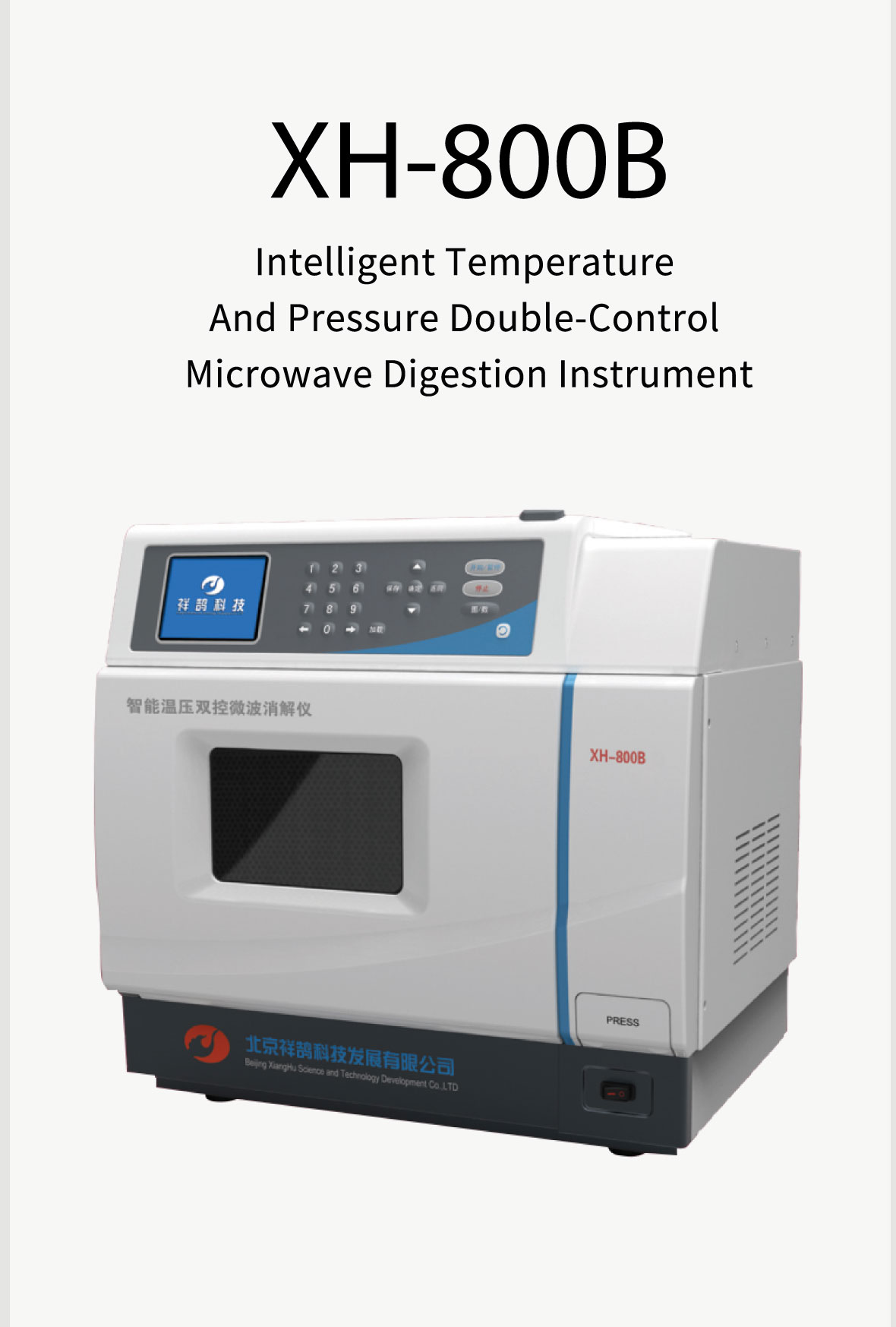

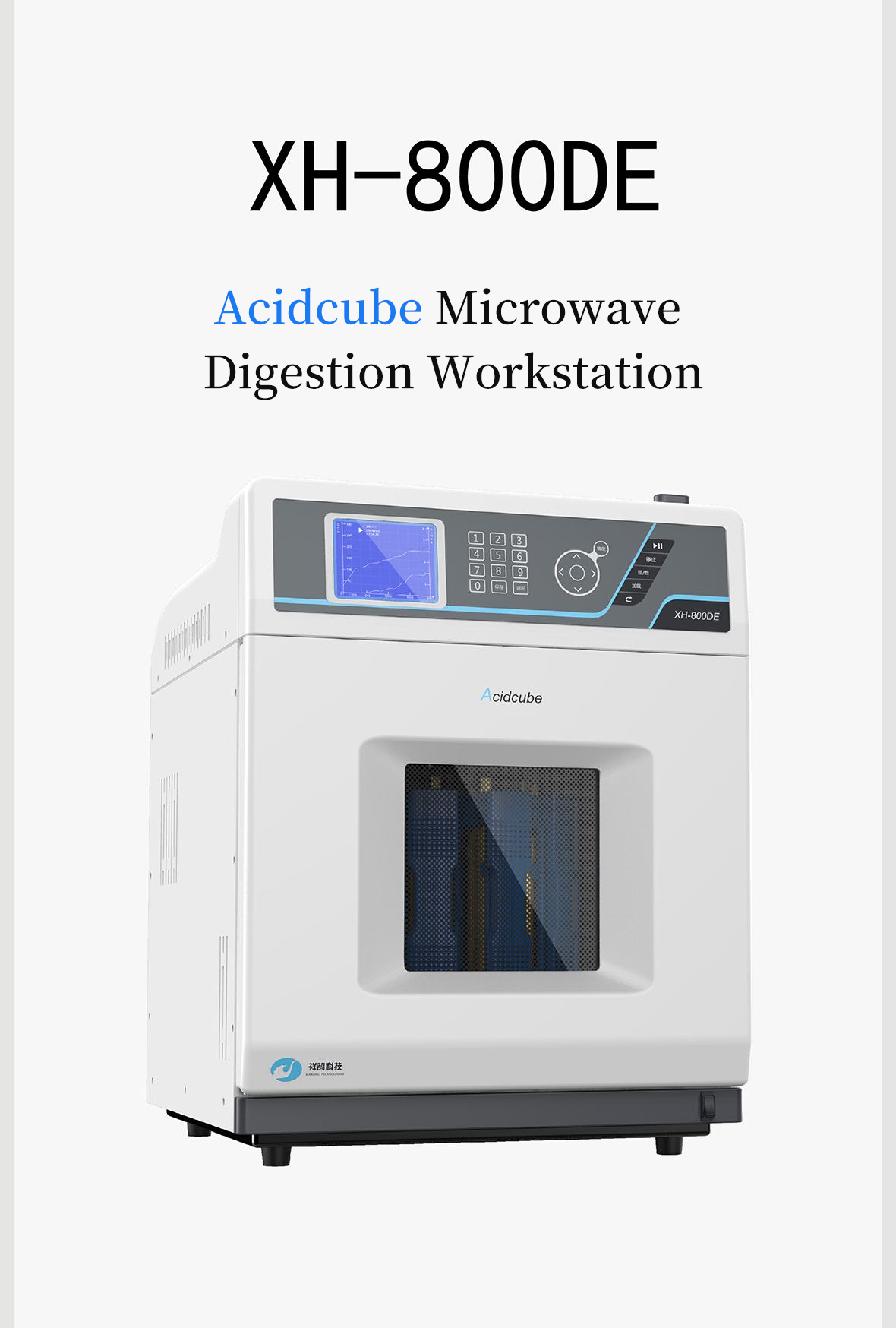

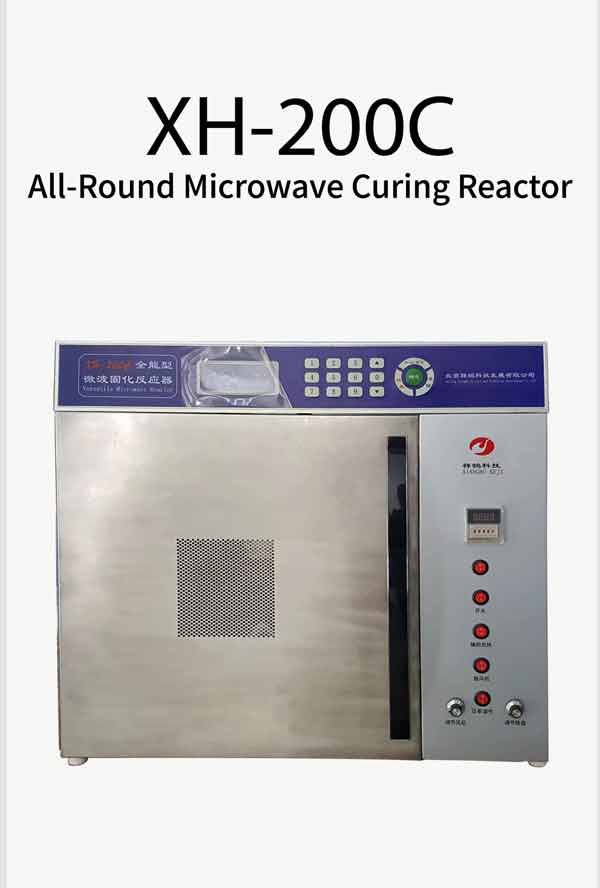
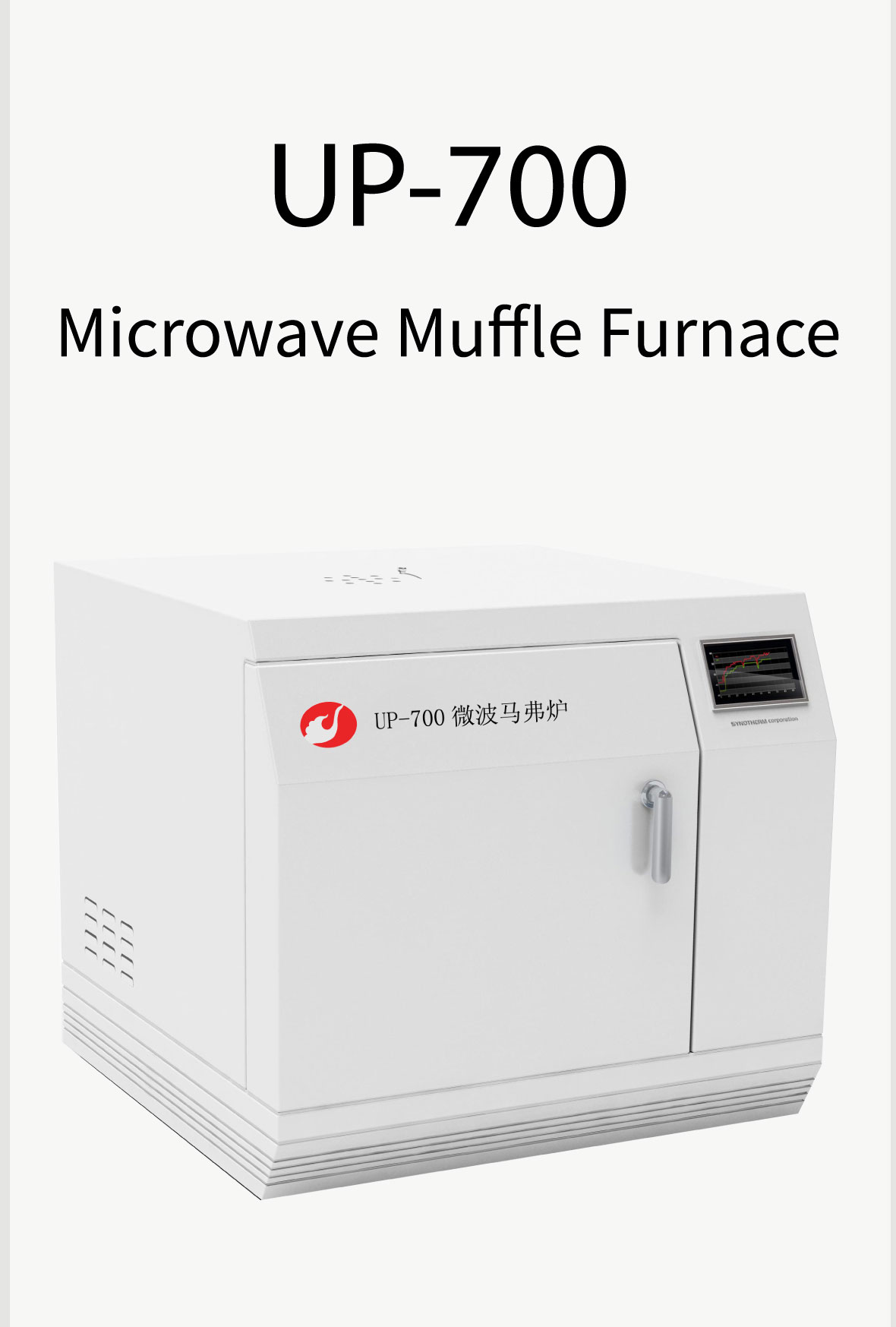

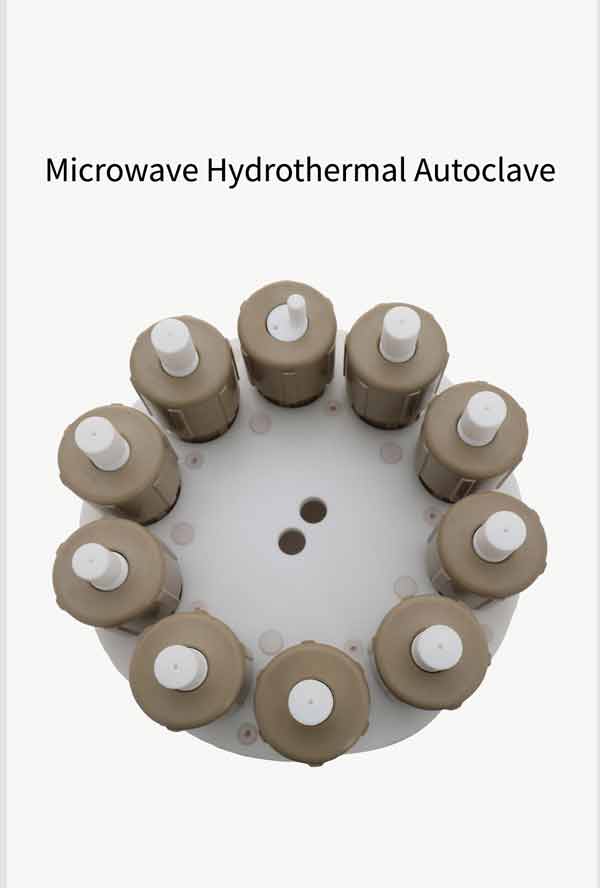

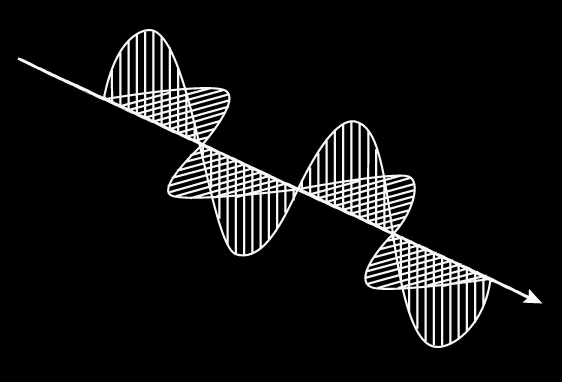

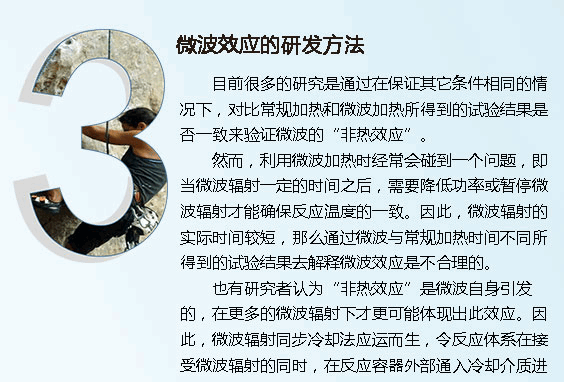
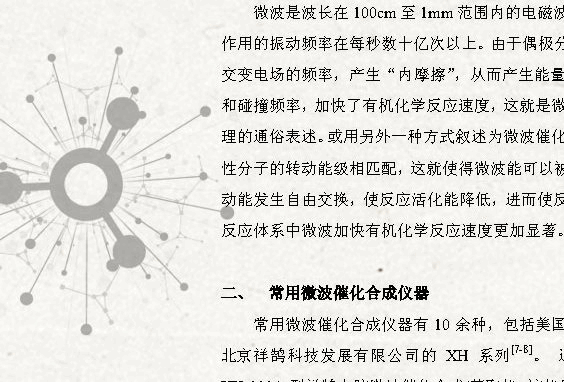

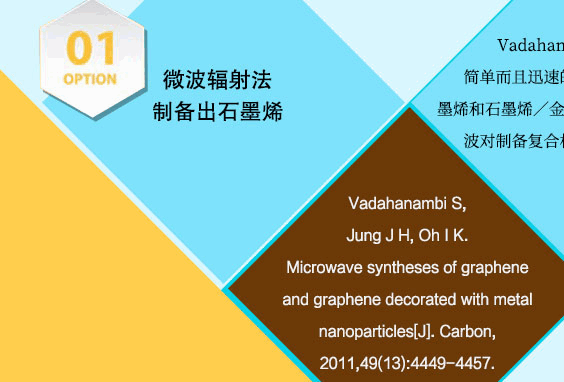
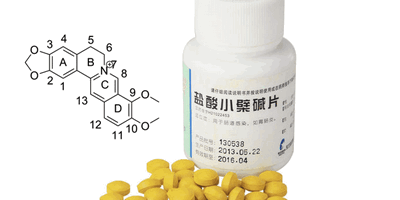


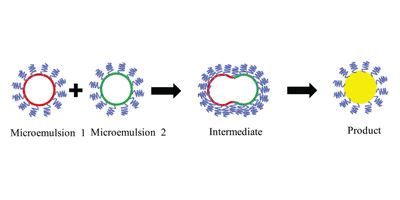
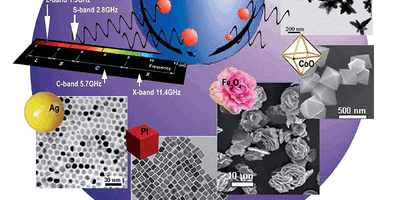
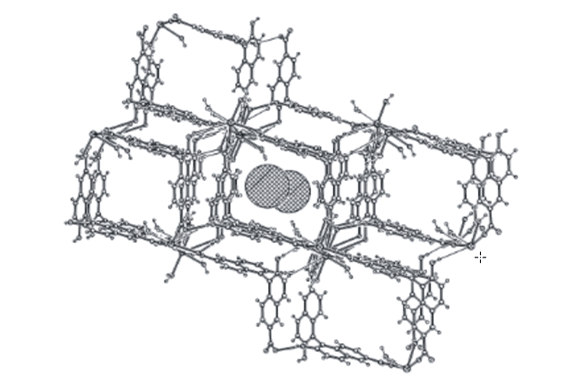
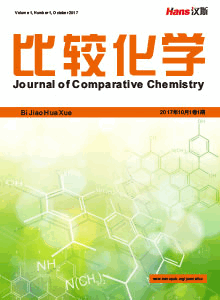
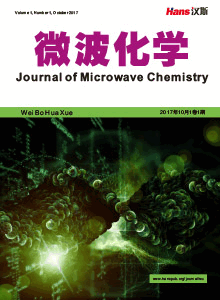
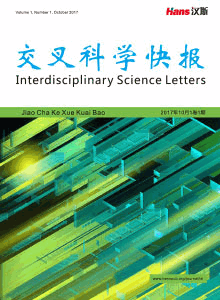




 京ICP备15050585号
京ICP备15050585号

